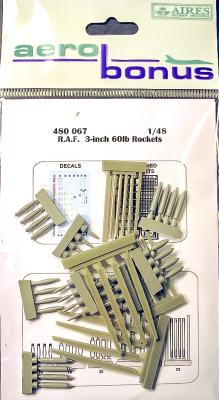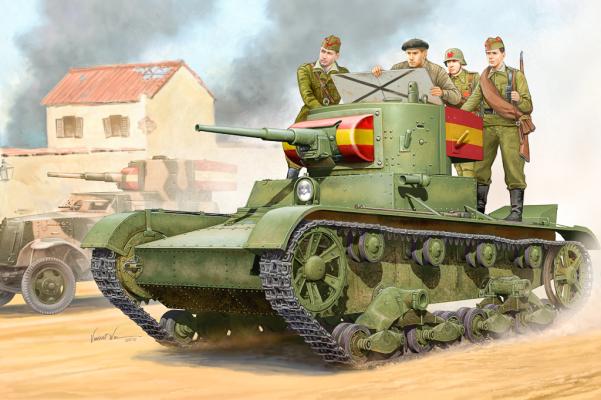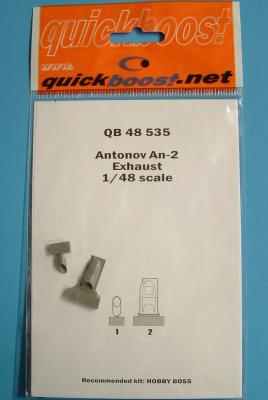Model Art Magazine is a monthly magazine that covers aircraft, armor, ships and car modeling. Model Art started releasing magazines in 1966 and has evolved from there over the past forty six years.
The February issue starts off with a report from the 2013 Tamiya fair. Some of the kits on the horizon are a 1/6 Harley Davidson FLSTFB Fat Boy Lo, 1/72 Mitsubishi A6M3/3a Zero Fighter Model 22 (Zeke), 1/35 Ford GPA with engine, 1/35 German Horch Kfz. 15 "North African Campaign", 1/48 Russian 1.5 ton Cargo Truck Model 1941, paintbrushes and tools. Also included in the first few pages is a page dedicated to the Eduard 1/72 Mig-15 in Czechoslovakian in Service Dual Combo and the Eduard aftermarket sets that could be used with it. Another page covers an auto show and then the next installment of I.J.A/N. Airplane Illustrated. This month’s installment covers torpedo sighting devices. They use photos of the actual units and drawings in the article.



